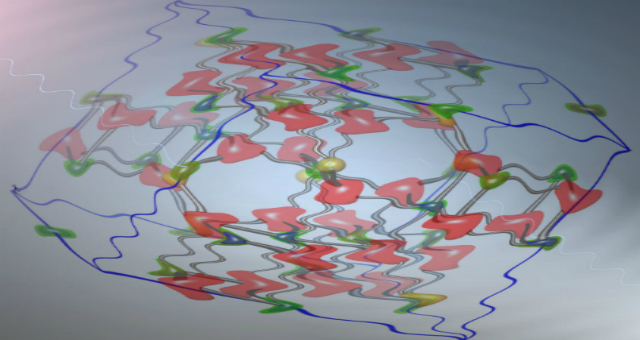
New self-regulating nanoparticles could be used to treat cancer.
Self-regulating nanoparticles might be the next treatment tool to attack cancer.
Scientists from the University of Surrey and Dalian University of Technology in China have created “intelligent” nanoparticles that heat up to a temperature high enough to kill cancerous cells, then self-regulate, and lose the heat before they harm healthy tissue.
“This could potentially be a game changer in the way we treat people who have cancer,” Ravi Silva, Ph.D., head of the Advanced Technology Institute at the University of Surrey, said in a statement. “If we can keep cancer treatment sat at a temperature level high enough to kill the cancer, while low enough to stop harming healthy tissue, it will prevent some of the serious side effects of vital treatment.”
Tumor cells can be weakened or destroyed without affecting normal tissues, but only under temperatures between 107 and 113 degrees Fahrenheit.
The self-regulating nanoparticles can induce temperatures up to 113 degrees when implanted and used in a thermotherapy session.
The nanoparticles can self-stop heating when temperatures rise to about 113 degrees. They are also low in toxicity and are unlikely to cause permanent damage to the body.
The Zn-Co-Cr (zinc-cobalt-chromium) ferrite nanoparticles could eventually be used as part of hyperthermic-thermotherapy to treat cancer patients.
Thermotherapy has been used in the past as a treatment method for cancer, but it is considered difficult to treat patients without damaging healthy cells.
“Magnetic induced hyperthermia is a traditional route of treating malignant tumors,” Wei Zhang, Ph.D. Associate Professor from Dalian University of Technology, said in a statement. “However, the difficulties in temperature control has significantly restricted its usage If we can modulate the magnetic properties of the nanoparticles, the therapeutic temperature can be self-regulated, eliminating the use of clumsy temperature monitoring and controlling systems.
“By making magnetic materials with the Curie temperature falling in the range of hyperthermia temperatures, the self-regulation of therapeutics can be achieved,” he added. “By adjusting the components as we have, we have synthesized the nanoparticles with the Curie temperature as low as 34 [degrees].”
The study was published in Nanoscale.




